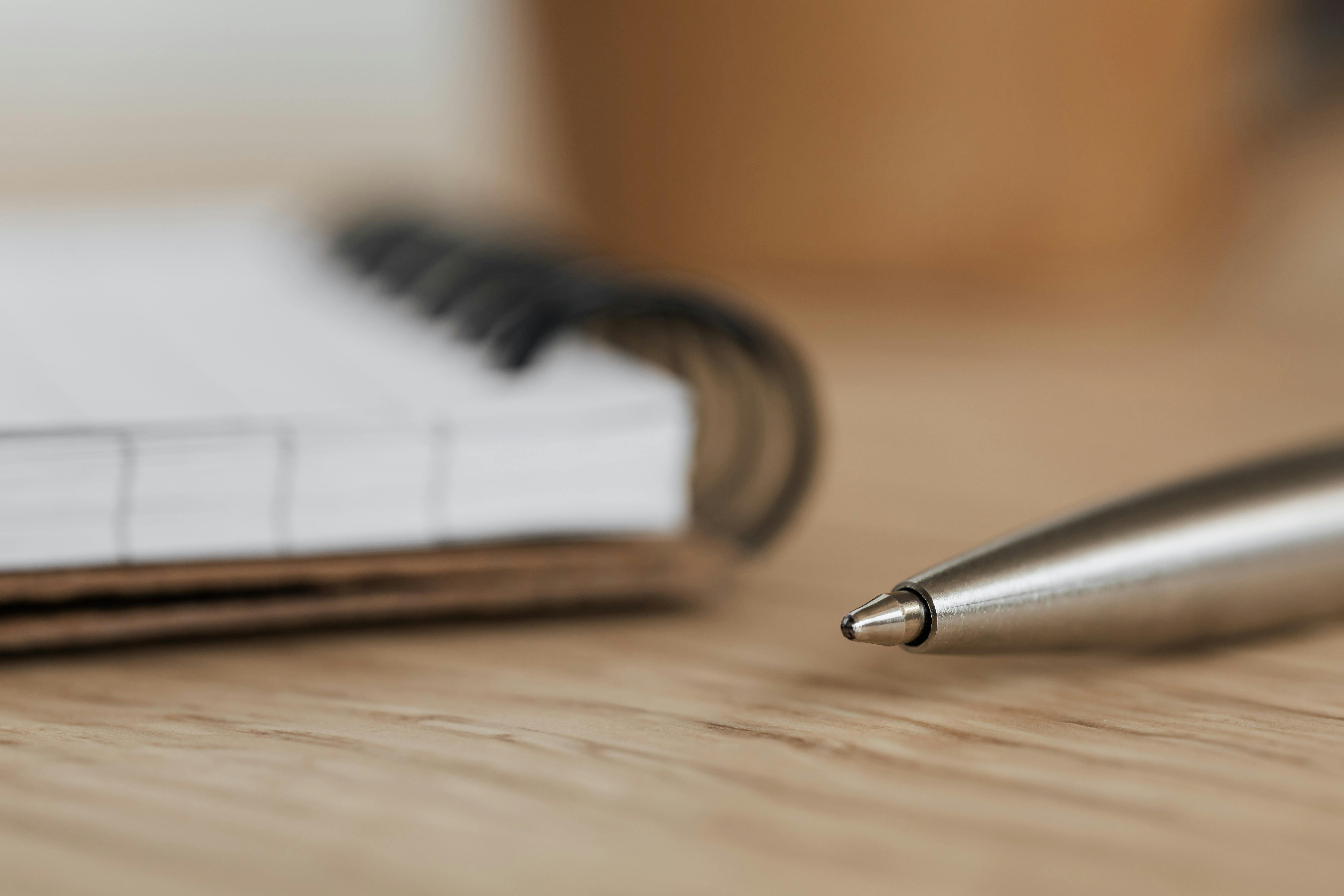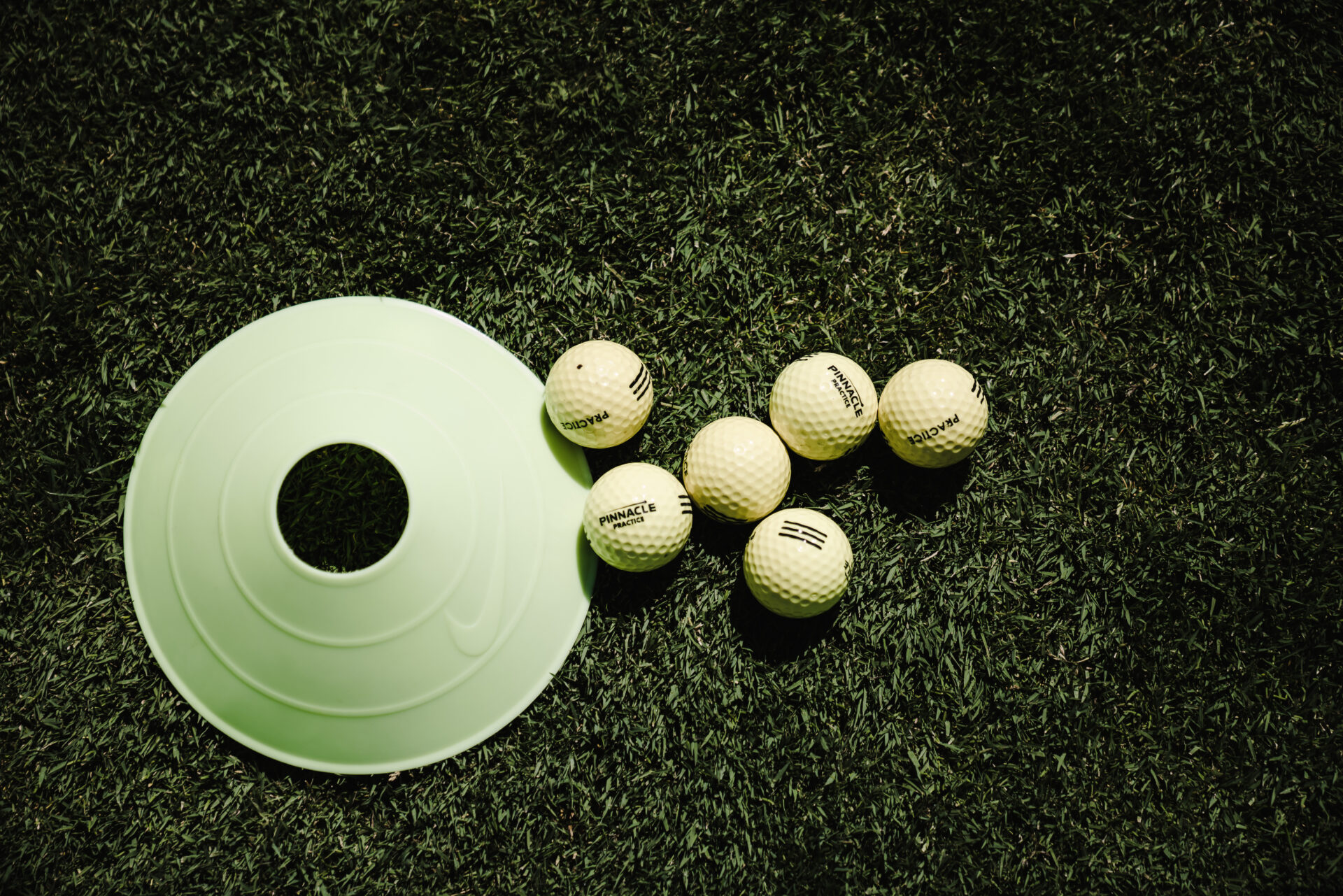A ball pen is an essential writing instrument used by people of all ages. Its functionality is quite simple yet fascinating. Through its intricate design, a ball pen works by allowing ink to flow through the tip of the pen onto paper, creating a smooth writing experience. It is most commonly filled with an oil-based ink that is held in a chamber inside the pen. The ink is then released through a tiny ball bearing that has been placed into the tip of the pen. This bearing helps to regulate the amount of ink that is released when writing and also helps to create a consistent line width when writing or drawing. In this article, we will discuss in detail how does ball pen work.A ball pen is a writing instrument that contains a small metal ball in its tip. The metal ball is usually made of brass, steel, or tungsten carbide. When the pen is moved across a surface, the metal ball rolls and leaves behind a thin line of ink.
Refill
The main component of a ball pen is the refill, which is the writing tip that dispenses ink. It is usually made of plastic and has a metal or ceramic ball at its tip. This ball rolls on the paper and leaves a thin trail of ink behind it. The refill also contains a spring-loaded mechanism that helps to ensure that the ink flows evenly and smoothly when writing.
Barrel
The barrel is the body of the pen which houses all the other components. It can be made from different materials such as plastic, metal, and wood, depending on the brand. The barrel usually has some type of grip or textured surface to help with writing comfort and control.
Cap
The cap is an optional component of a ball pen, but it is often included to protect the tip of the refill from drying out when not in use. The cap also prevents accidental ink stains on clothing or other items. It generally snaps onto one end of the barrel, although some models have caps that screw onto both ends for added security.
Ink Reservoir
The ink reservoir is located inside the barrel and stores extra ink for when it runs out during writing. It typically consists of a plastic tube with an opening at one end where fresh ink can be added. Some models may also feature an ink window so that you can see how much ink remains in the reservoir.
Pocket Clip
The pocket clip is another optional component which allows you to easily attach your ball pen to your pocket or notebook for easy carrying. This component generally consists of a metal clip with rubber or plastic padding which helps keep it securely attached to your clothing or notebook cover.
How Does Ink Flow in a Ball Pen?
The ballpoint pen is one of the most popular writing instruments around the world. It is used for writing, drawing, and even as a stylus for computers and tablets. But how does ink flow from the pen to the page?
At its core, a ballpoint pen works by using gravity and capillary action to move the ink from the reservoir to the tip of the pen. The ink reservoir is a chamber filled with liquid ink that is connected to a metal ball at the tip of the pen. The metal ball acts like a valve, allowing only small amounts of ink to flow when pressure is applied.
When pressure is applied to the tip of a ballpoint pen, it causes friction between the metal ball and the paper surface. This friction causes the metal ball to spin, drawing in ink from the reservoir as it spins. The spinning motion creates capillary action, which pulls more ink into the tip of the pen and out onto paper. This process continues until enough pressure is released or until there is no more ink left in the reservoir.
The size and shape of a ballpoint pen’s reservoir also affects how quickly and smoothly ink will flow onto paper. If there is not enough space for sufficient amounts of ink to be drawn into its tip, then less fluid will be available for writing with each stroke. This can result in inconsistent or poor writing quality as well as frequent refills when writing long documents or sketches.
By understanding how gravity and capillary action work together inside a ballpoint pen, you can get an idea of how this simple yet effective writing instrument works its magic on paper!
How Does a Ball Pen Write?
A ballpoint pen is a writing instrument that dispenses a viscous ink by rolling a tiny ball, usually made of steel, brass, or tungsten carbide. The ink is permanently bonded to the paper by the ball’s pressure against the paper. The ink inside the pen is held in place by gravity and a capillary system.
The ballpoint pen was patented in 1938 by Hungarian László Bíró. He noticed that the type of ink used in newspaper printing dried quickly, leaving the paper smudge-free, and he decided to create a pen using the same type of ink.
When writing with a ballpoint pen, pressure from the ball pushes down on the ink reservoir located at the end of the barrel and forces it out through an opening in the tip. This opening allows some air to enter and fill up any depressions created when writing on paper. This air pressure helps make sure that no air bubbles are left behind when writing on paper as well as helping to keep ink from clogging up in the tip of the pen.
The unique design of a ballpoint pen allows for it to provide smooth and consistent lines without skipping or smudging. The ink also dries very quickly making it ideal for use in areas where quick drying is important such as signature lines or checkboxes on forms. Ballpoint pens are also quite durable compared to other types of pens which makes them perfect for everyday use.
In conclusion, ballpoint pens are great for everyday writing tasks due to their ability to provide smooth lines without skipping or smudging, their quick drying time, and their durability. This makes them one of the most popular types of pens available today!
What Makes a Ball Pen Smoothe Writing?
A good quality ball pen is essential for a smooth writing experience. The key to a great writing experience lies in the quality of the ball pen and its components. A high-quality ball pen is designed to provide a comfortable and consistent writing experience, while also providing superior ink coverage. The components of a ball pen are the tip, barrel, ink reservoir and cap.
The tip of the ball pen is where the actual writing occurs; it is made of metal or plastic and contains tiny balls that roll on the paper when you write. When purchasing a ball pen, it is important to evaluate the tip size and shape; larger tips provide more coverage while smaller tips are easier to control. It is also important to choose a tip material that provides enough friction so that it does not slip on the paper too easily.
The barrel of the ball pen holds all of its components together and provides some additional support when writing. It should be made from durable materials such as plastic or metal so that it can withstand regular use without breaking or becoming loose over time. Additionally, some pens have ergonomic barrels which are designed for comfort when held in your hand for long periods of time while writing.
The ink reservoir holds the ink used by your ball pen which may be either liquid or gel-based depending on what type of pen you purchase. When choosing an ink reservoir, look for one that is large enough to hold enough ink for your needs without running out too quickly; this will help ensure that you can write without interruption.
Finally, the cap helps keep your ball pen clean and free from dirt or dust when not in use; it also helps prevent accidental spills if you drop your pen while carrying it around with you. The best caps are made from durable materials such as metal or plastic so they will last through many uses without becoming loose or damaged over time.
In conclusion, choosing a good quality ball pen with quality components is essential for achieving smooth writing results each time you write. Look for pens with tips made from materials that have enough friction to provide precise control while writing as well as barrels made from sturdy materials for additional support when needed; also make sure there is ample space in the ink reservoir to prevent running out too quickly and choose pens with caps made from durable materials so they will last through regular use without becoming loose or damaged over time.

What is Needed to Make a Ball Pen Write?
A ballpoint pen is a writing instrument that uses a tiny rotating ball made of brass, steel, or tungsten carbide to disperse ink as you write. A ballpoint pen needs a few components to work properly and these include; the reservoir of ink, the ball bearing, the tip of the pen, and a cap. The reservoir of ink is the container that holds the liquid or gel ink which is moved through the pen by pressing down on it with your finger. The ball bearing is what enables the pen to write smoothly and evenly. It is located inside the tip of the pen and it rotates when pressure is applied to it. The tip of the pen is what actually touches the paper and this can be made from various materials such as plastic or metal. Finally, a cap can be used to keep dirt and dust out of the ball bearing when not in use.
To make a ballpoint pen write, simply press down on it with your finger while guiding it across paper or other writing surfaces. This causes the rotating ball bearing inside to move around and disperse ink onto the paper in an even manner. Ballpoint pens are one of the most common types of writing instruments used today due to their convenience and ease of use.
How Do Different Types of Ball Pens Work?
Ballpoint pens work using a tiny ball made of brass, steel, or tungsten carbide that is held in place by a socket. As the pen moves across the paper, the ball rotates and picks up ink from a cartridge inside the pen and transfers it to the paper. This type of pen was first invented in 1938 by two Hungarian brothers.
Rollerball pens use a water-based liquid or gel ink that is contained in a small reservoir inside the pen. The ink is dispensed onto the paper using gravity and capillary action as the tip of the pen moves over it. This type of pen was popularized in Japan in 1963 and has become increasingly popular for its smooth writing performance.
Fountain pens utilize a nib that draws ink from an internal reservoir into an open area and then dispenses it onto the paper as it moves over it. Fountain pens are often considered to be more elegant than other types of pens due to their intricate designs and flowing lines when writing. They have been used since as far back as 1827 when they were first patented by British engineer John Jacob Parker.
Gel Pens are similar to rollerball pens but they use a thicker, more viscous ink that tends to dry quickly on most surfaces. The ink is dispensed using a small ball at the tip of the pen that causes it to flow smoothly over paper or other surfaces without smearing or smudging. Gel pens were first introduced in 1984 and have become increasingly popular due to their ability to produce vibrant colors on most types of surfaces.
Finally, Multi-function Pens are pens that combine multiple functions such as ballpoint, rollerball, fountain, and gel all into one convenient writing instrument. Depending on which type of function you need at any given moment, you can switch between them with just a click of a button or twist of the barrel. This type of pen has become increasingly popular due to its versatility and ease-of-use for any writing task imaginable.
In conclusion, each type of ball point pen works differently but all make use of some form of ball at its tip to transfer ink onto paper or other surfaces depending on its design and purpose. Whether you prefer a classic fountain pen for signature writing or an ultra-modern multi-function one for everyday use, there’s sure to be something out there for everyone!
Safety Tips When Using a Ball Pen
When using a ball pen, it is important to take the necessary safety precautions to ensure its proper functioning. Here are some tips to keep in mind when using a ball pen:
First and foremost, always make sure that the pen cap is securely attached to the pen when not in use. This will prevent any accidental ink leakage or staining of your clothes or other surfaces.
It is also important to replace the ink cartridges regularly to ensure smooth writing and avoid any potential damage to the pen. If you notice that your ink is running low, it’s best to replace it right away.
To ensure that your ball pen functions properly, always keep it away from heat or direct sunlight and store it in a cool, dry place when not in use. Avoid leaving it out in temperatures above 40 degrees Celsius as this could cause damage to the ink cartridge or other components of the pen.
Finally, always be sure to clean your ball pen regularly with a soft cloth and gentle soap solution. This will help remove any dirt or debris that may have accumulated on the surface of the pen over time.

Conclusion
The ballpoint pen is a simple yet revolutionary invention that has changed the way we write. This article has covered the basics of how ballpoint pens work, including the components and the mechanisms that make them function. The rolling ball technology is effective at creating a consistent line width and color, and it helps to make writing easier and more efficient.
The ballpoint pen has seen many upgrades over the past 75 years as technology has advanced. Newer models are often more comfortable to use, write smoother, and last longer than earlier models. Despite its long history, the ballpoint pen continues to be an invaluable tool for people around the world.
In conclusion, it is easy to understand why the ballpoint pen remains one of the most popular writing instruments today. It is reliable, efficient, and cost-effective, which makes it a great choice for anyone looking to make their writing experience easier and more enjoyable.




